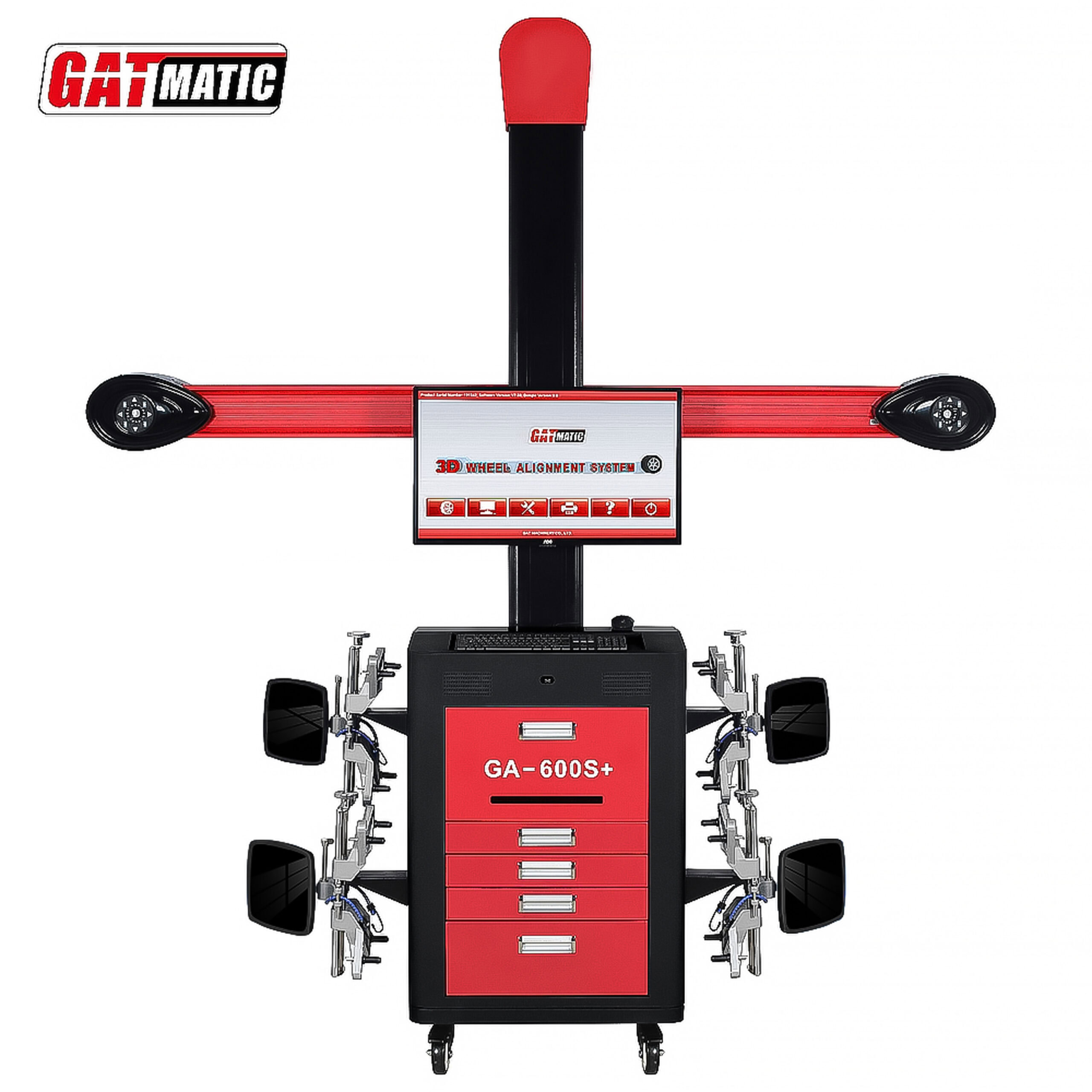Can I drive my car right after getting new tires without an alignment?
I. Introduction
Tire alignment, a crucial aspect of vehicle maintenance, often comes into consideration when new tires are installed. While it’s common for drivers to assume that new tires alone will ensure a smooth ride, the truth is that tire alignment plays a pivotal role in overall vehicle performance. This essay will explore the consequences and safety implications of driving without an alignment after getting new tires, shedding light on whether it is advisable to skip this critical step.
II. What is Tire Alignment?
Tire alignment refers to the adjustment of a vehicle’s suspension—the system that connects the vehicle to its wheels. The alignment process ensures that the angles of the tires are set to the manufacturer’s specifications, allowing the tires to make optimal contact with the road. The key components involved in alignment include camber, toe, and caster angles, which affect how the tires sit relative to the vehicle and the road.
Proper alignment is typically required after certain situations, such as hitting a pothole, being involved in a collision, or when new tires are installed. These scenarios can cause the suspension components to shift slightly, leading to misalignment. Therefore, ensuring that the wheels are properly aligned after such events is essential for maintaining the vehicle’s performance and safety.
III. Importance of Alignment After Getting New Tires
One of the primary reasons to align tires after installation is to ensure optimal tire performance. Proper alignment ensures that tires wear evenly, extending their lifespan and maximizing the investment in new tires. Without alignment, even brand-new tires can wear unevenly, leading to premature replacement.
Safety is another significant concern. Misaligned tires can cause handling issues, making the vehicle difficult to steer and increasing the risk of accidents. For example, if the alignment is off, the vehicle might pull to one side, making it harder to control, especially in emergency situations. Additionally, misaligned tires can increase stopping distances, which is critical for avoiding collisions.
Fuel efficiency is also impacted by alignment. When tires are properly aligned, they roll efficiently without dragging, which reduces the amount of energy required to move the vehicle. This means better fuel economy. Conversely, misaligned tires create resistance, causing the engine to work harder and consume more fuel.
IV. Can You Drive Without an Alignment Right After Getting New Tires?
In the short term, it may be possible to drive without an alignment immediately after getting new tires, especially if the vehicle wasn’t previously showing signs of misalignment. However, this doesn’t mean it’s advisable. The longer you drive without ensuring proper alignment, the greater the risk of causing damage to your tires and vehicle.
Symptoms of misalignment, such as a vibrating steering wheel, uneven tire wear, or the vehicle pulling to one side, might not be immediately noticeable. However, these signs indicate that the tires are not aligned correctly and that driving under these conditions can worsen the issue over time. Ignoring these symptoms can lead to more severe problems, including compromised handling and increased wear on other suspension components.
Most vehicle manufacturers recommend checking alignment whenever new tires are installed. This precaution helps to prevent any potential issues that could arise from even minor misalignments, ensuring that the new tires perform as expected and contribute to a safe driving experience.
V. Potential Risks of Skipping Alignment
One of the most significant risks of skipping alignment after getting new tires is premature tire wear. Misaligned tires wear unevenly, with certain areas of the tire tread wearing down faster than others. This uneven wear not only shortens the lifespan of the tires but also affects the overall performance of the vehicle.
Handling and control issues are also a concern. Misaligned tires can cause the vehicle to veer off course, making it difficult to steer straight. This is especially dangerous at high speeds or in adverse weather conditions. The instability caused by poor alignment can lead to accidents, putting both the driver and others on the road at risk.
In the long term, skipping alignment can result in increased maintenance costs. Worn tires and stressed suspension components will require more frequent repairs and replacements, leading to higher expenses. Additionally, the reduced fuel efficiency caused by misaligned tires means that drivers will spend more on fuel over time.
VI. Expert Opinions and Real-World Experiences
Mechanics and tire specialists consistently recommend getting an alignment after installing new tires. Their expertise highlights that even if a vehicle seems to drive fine without immediate alignment, hidden issues may arise later. Alignments are a preventative measure that helps to avoid unnecessary wear and tear, ensuring that new tires last as long as possible.
Real-world experiences further reinforce this advice. Drivers who have skipped alignment after getting new tires often report issues such as uneven tire wear and compromised handling within a few thousand miles. These cases serve as cautionary tales, illustrating the importance of following professional recommendations.
Conclusion
In summary, while it is technically possible to drive without an alignment after getting new tires, it is not advisable. Proper alignment ensures that tires wear evenly, the vehicle handles safely, and fuel efficiency is maintained. Skipping alignment can lead to premature tire wear, handling issues, and increased maintenance costs. Therefore, to protect your investment in new tires and ensure a safe driving experience, it is highly recommended to have your tires aligned immediately after installation. Consulting with a professional after getting new tires is a simple yet effective step to prevent potential problems down the road.
FAQs
Q1: Do I always need an alignment after getting new tires?
While it’s not always strictly necessary, it’s highly recommended to get an alignment after installing new tires. This ensures that your tires wear evenly, your vehicle handles properly, and you avoid potential safety issues.
Q2: What are the risks of not getting an alignment after new tires?
Driving without an alignment can lead to uneven tire wear, poor handling, increased stopping distance, and reduced fuel efficiency. Over time, this can result in higher maintenance costs and a shorter lifespan for your tires.
Q3: How can I tell if my car needs an alignment after getting new tires?
Signs that your car may need an alignment include the vehicle pulling to one side, a vibrating steering wheel, uneven tire wear, or the steering wheel not being centered when driving straight.
Q4: Can I delay getting an alignment if my car seems to drive fine after getting new tires?
Even if your car seems to drive fine initially, it’s still a good idea to get an alignment soon after installing new tires. Misalignment issues can develop gradually and may not be immediately noticeable.
Q5: How often should I get my tires aligned?
It’s generally recommended to check your alignment every 6,000 to 10,000 miles or as part of regular vehicle maintenance. Additionally, an alignment should be performed after any major impact, such as hitting a pothole, or after installing new tires.
Q6: What is the cost of a tire alignment, and is it worth it?
A tire alignment typically costs between $75 and $150, depending on your location and vehicle type. This cost is relatively small compared to the potential expenses from uneven tire wear, poor fuel efficiency, and suspension damage, making it a worthwhile investment.
Describe Your Needs In Detail!
We will carefully evaluate your needs and give professional solutions.



